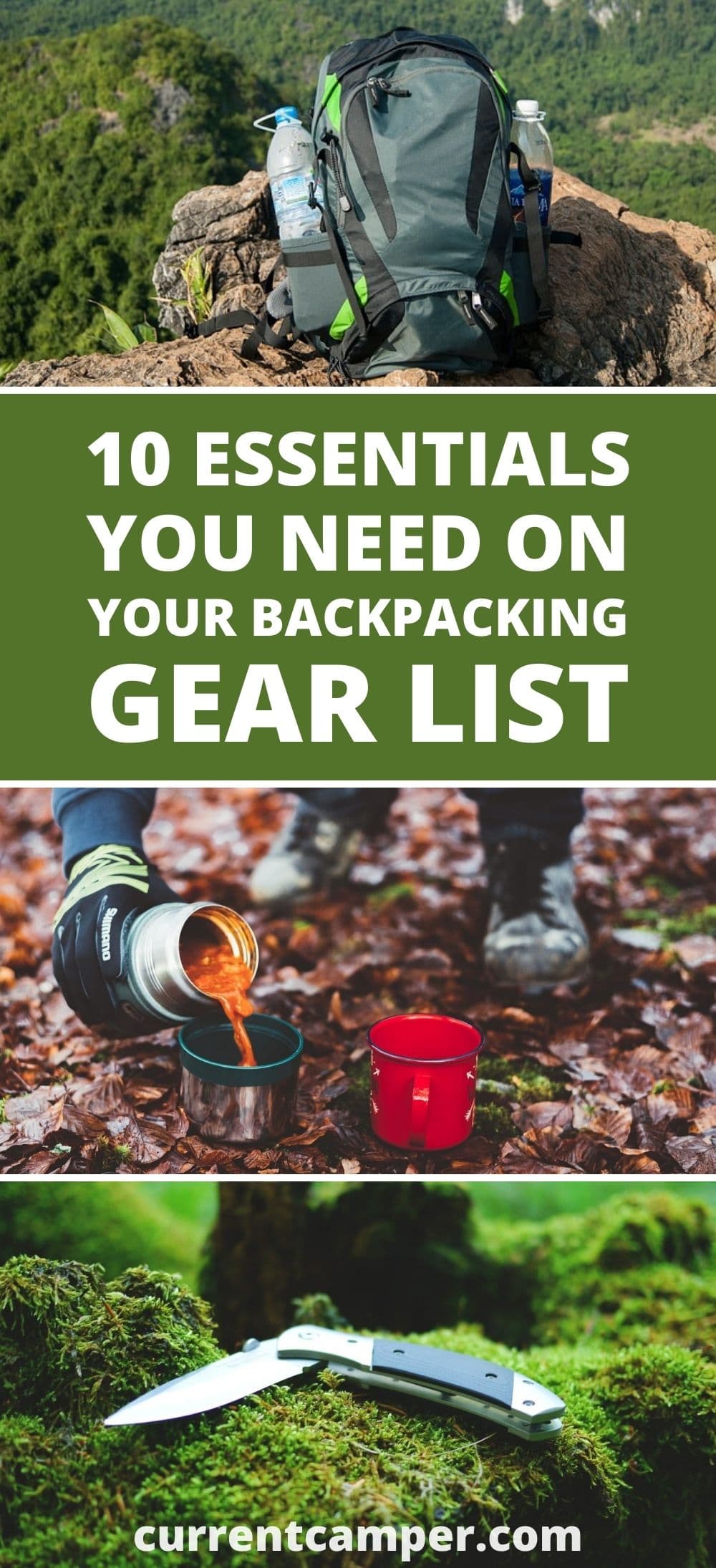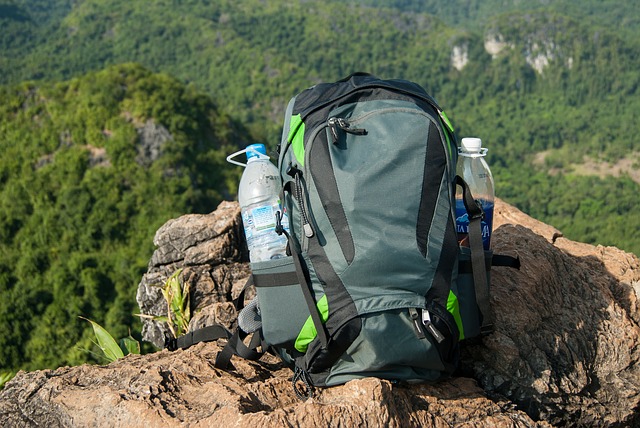
“Is my backpacking gear list missing anything crucial?”
It’s one of the most common questions we hear, and can be a tough one to answer.
Lucky for all of us, the complete list was put together over 40 years ago and published in 1974 as part of the long-running and definitive textbook for all things backcountry, “Mountaineering: The Freedom of the Hills.”
The textbook has come a long way since then, releasing its 9th edition in 2017, and although backpacking gear has improved immensely since the ‘70s, the original gear list, forever known as “The Ten Essentials” hasn’t really changed at all.
This article will take a look at the must-have gear of today you’ll need for a week in the woods according to the timeless wisdom of “The Ten Essentials.”
Side note: If you haven’t already decided on a suitable pair of hiking boots/shoes, you’ll want to start there. A little research online, followed by a trip to your local outfitter for a fitting, is the best way to decide on the footwear that best fits both your feet and your needs outdoors.
You’ll also want to take some time to break them in if at all possible before setting off on a multi-day backpacking trip, as even the best hiking boots can be a little unforgiving the first several miles you log in them.
Before we get into the details of each of the ten essentials and what makes them, well, essential… here’s a quick look at the backpacking checklist itself and the gear you’ll need to go along with it:
The Essential Backpacking Gear List
- Navigation
- Map
- Compass
- GPS or PLB systems (optional)
- Headlamp
- LED headlamp and extra batteries
- Sun protection
- Sunscreen (SPF 30 or higher)
- Sunglasses
- First Aid
- Complete kit including any prescription medications
- Knife
- Fixed blade or folding pocket knife/multitool
- Fire
- Disposable Lighters
- Fire starting materials
- Shelter (“The Big Four”)
- Tent or hammock
- Sleeping Bag
- Sleeping Pad
- Backpack (that’s an important one)
- Additional emergency shelter (bivy sack)
- Food
- Enough food for each day you’re planning, plus one additional day.
- Camp Stove and Fuel (optional)
- Cook set/dishes/utensils
- Water
- Water bladder or bottle, plus a filtering/purifying system
- Clothes
- Merino wool socks
- Wool or synthetic base layers/underwear
- Long sleeve shirt (sun and pest protection)
- Short sleeve shirt
- Hiking pants
- Hiking boots/shoes
- Hat
- Rain gear (rain shell plus a pack cover or large poncho)
- Jacket/thermal layer as needed
- Warm hat/gloves as needed
First Thing’s First: The Backpack
Essential or not, that’s a pretty long list.
So naturally, you’re going to want to make sure you’ve got a well-built, comfortable backpack with enough space, support, and durability to carry the gear you need, as well as plenty of food and water.
As a general guideline, a lightweight backpack with around 70 liters of space or more is recommended for any trip into the backcountry of five days or longer.
You’ll also want to take the time to make sure you’ve got the right sized pack for your body type, so again, we would strongly recommend you start by going down to your local outfitter and trying on several before making a decision.
Now that that’s out of the way, let’s jump back into the ten essentials that will actually be going in your pack:
The Ten Gear Essentials: Getting Ready For Your Trip
Navigation

Navigation includes anything from your classic map and compass system to a fully modern GPS and personal locator beacon (or PLB, if you’re in a hurry). Conventional wisdom says you should always carry the trusty map and compass as backup no matter what other options you may choose to bring, so start there and make sure you’ve got a reliable topographic map of the area you’ll be exploring, as a regular roadmap-style 2D version isn’t going to be very helpful when navigating a 3D wilderness.
In addition to bringing a map and compass along, you’ll also want to make sure you bring the know-how to actually use it if and when you need it.
Whether that means picking up a how-to guide, spending a few hours researching on YouTube, or signing up for a class at your local outfitter (almost all of them offer a course on navigation), you’ll want to make sure you’re confident in your own ability to use the gear you carry.
Headlamp
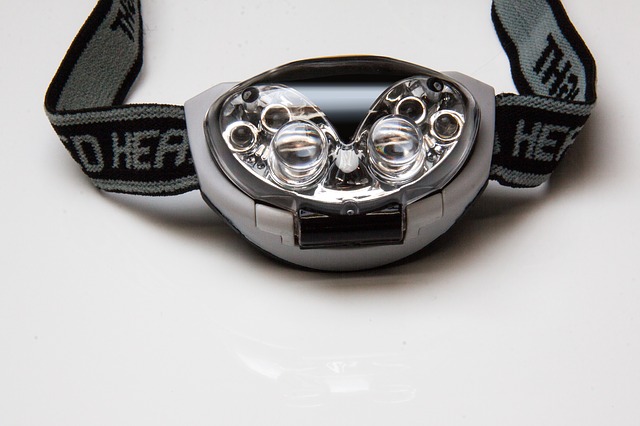
If you’re even car camping without a headlamp, you may need to sit down and seriously rethink your priorities in life.
Want both hands free to set up your tent but need a light pointed in the exact direction you’re looking? Boom, headlamp. Need to see the trail in front of you but don’t want to put down those handy trekking poles? Guess what? Headlamp.
Now, back when The Ten Essentials were first published, you might have had an argument against headlamps considering they were made with giant incandescent bulbs and lamps that looked more at home on the family car than on your forehead.
But nowadays, LED headlamps are just too light, packable, and convenient to pass up. Most even come with a red light setting included, which helps keep the bugs out of your campsite while preserving your night vision at the same time.
Sun Protection

Effective sunscreen is a must, but don’t rely on sunscreen alone to save your skin.
In addition to a broad-spectrum sunscreen with a minimum 30 SPF (sun protection factor), sun protection needs to include sunglasses as well as clothing that protects you from the sun.
Hats (full brim preferably, to make sure your neck is covered as well as your face), long sleeves, and full-length pants can be lifesavers when the sun gets too intense.
Long pants in the heat sound counterintuitive to many, but after getting stuck out in the 100+ degree Johnson Valley desert during a dual-sport camping trip a few years ago, I was happy to throw on my wool base layers to keep my skin intact.
A little discomfort is a thousand times better than a nasty sunburn, and you don’t have to remember to re-apply clothing throughout the day, either.
First Aid Kit
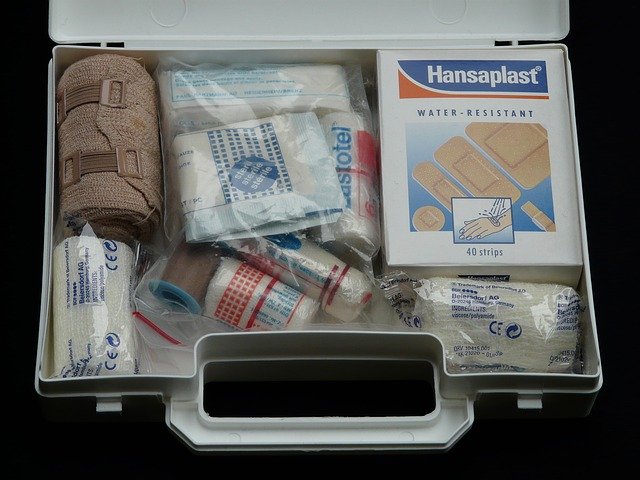
If you’re going into the woods on a multi-day trip, your typical drugstore first-aid will make a good starting point, but you’ll need to build it up from there to meet the needs of your specific group, trip length, and destination.
The list can get pretty exhaustive, ranging from regular band-aids all the way up to an epi-pen for your friend’s bee allergy. The National Park Foundation did a commendable job of putting together a comprehensive list for the public, which you can check out here.
Knife
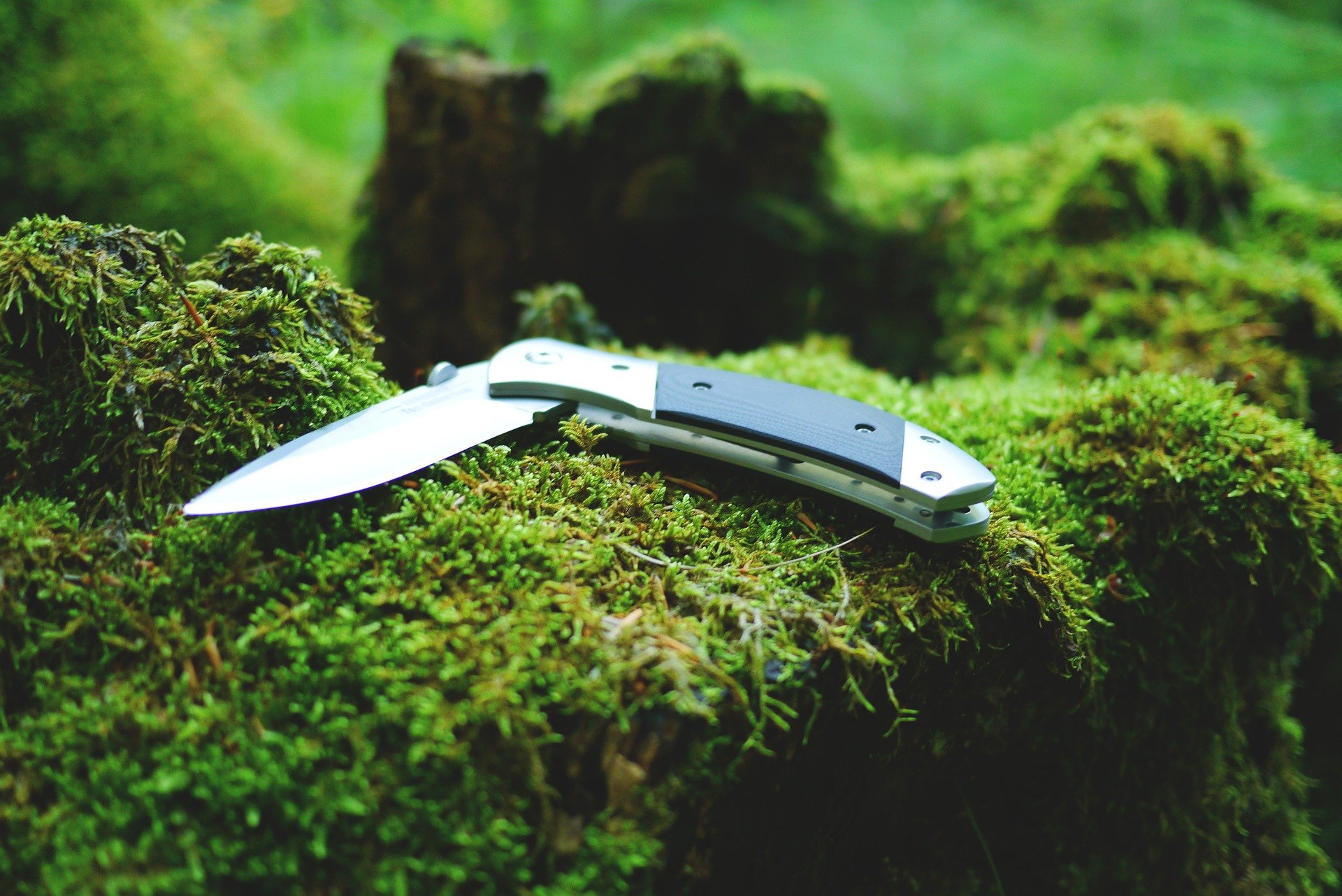
I’m a huge fan of an everyday carry (EDC) pocket knife.
Knives are such useful tools, and there’s a long list of high-quality, highly packable options out there today from reputable brands like Kershaw, Gerber, and Opinel for well under the $40 mark. From preparing food to cutting fishing line to first aid, there’s a laundry list of things you can do with a good knife.
Personally, I recommend a good multi-tool with a quality blade, as it never hurts to have extra tools when things break unexpectedly.
Fire
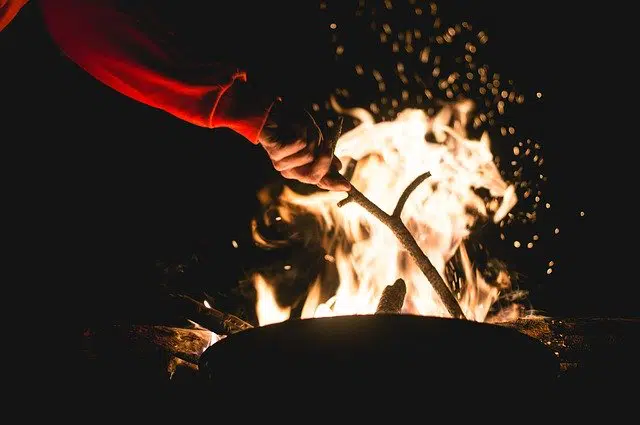
You’ll want to pack two regular disposable lighters, as well as something highly flammable and long-burning to help get an emergency fire going.
Small, lightweight, waterproof containers are a dime a dozen and are perfect for holding a few fire starters like cotton balls covered in petroleum jelly, which are just about the most affordable, time-tested solution for starting a fire in less than optimal conditions.
READ MORE: What To Wear When Going Hiking
Shelter
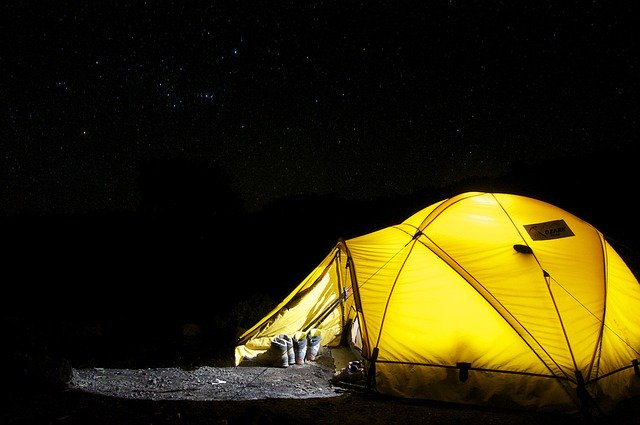
For your average 7-day trip, your tent will serve as your shelter. If you’re planning on setting up a base camp and then hiking away from it, however, you’ll need to bring additional shelter outside of just your tent.
Don’t worry though, this doesn’t mean you need to plan on buying a second tent.
In fact, the optimal solution to this problem is found for less than $20 in the form of “emergency bivy sacks” which are ultralight (often under 4oz) wind and weatherproof bags that pack down smaller than a coffee mug. Even if you’re not planning on a base-camp style trip, an emergency bivy is just a no-brainer for budget preparedness in the backcountry.
Food (beyond the minimum required for the trip)
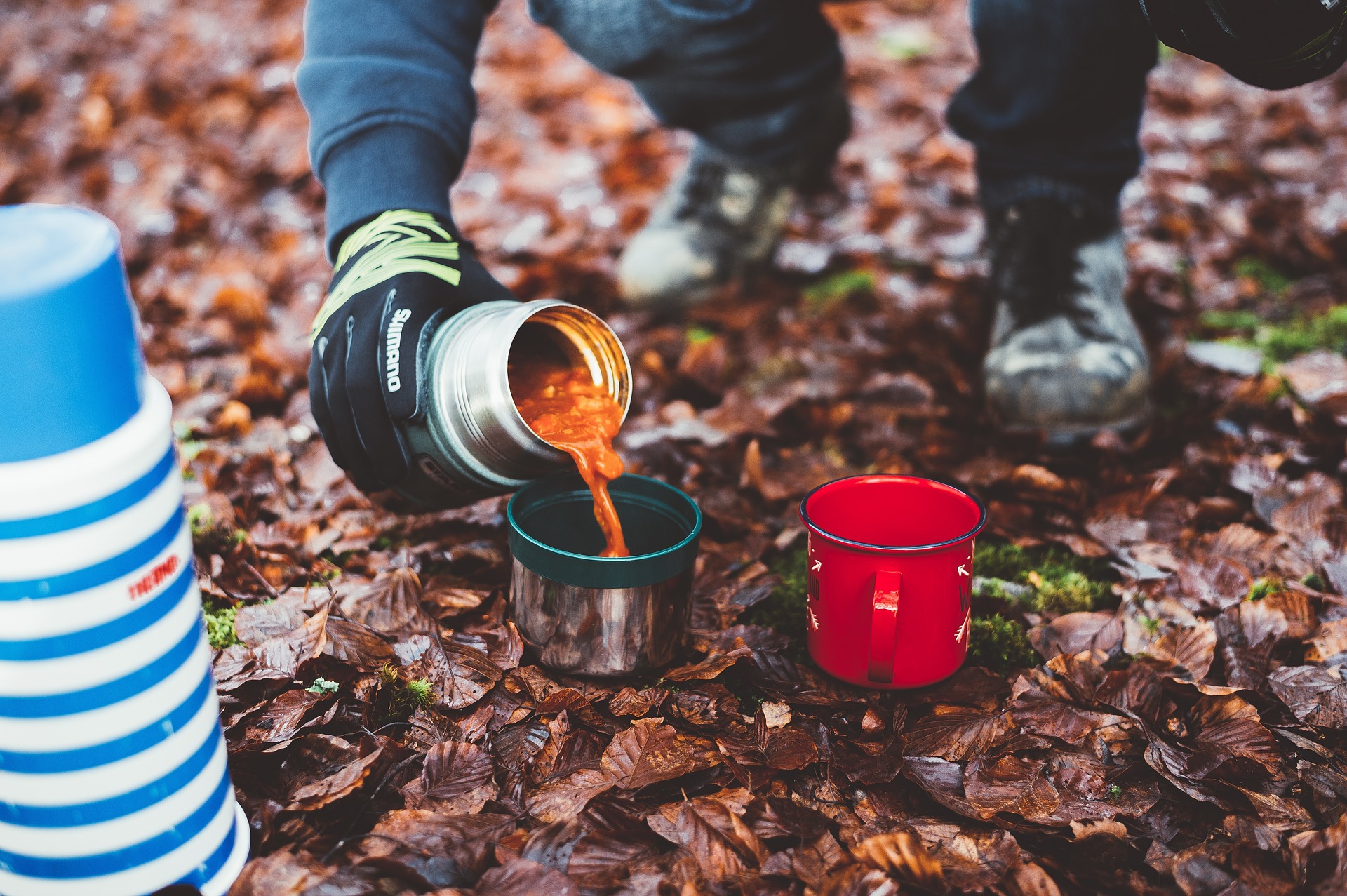
Remember, The Ten Essentials were created in the spirit of being prepared to spend an UNPLANNED night in the wilderness. You always want to be prepared for your 7-day trip to become an 8 day, your weekend excursion to become a three-day weekend (hooray!), or even your long day hike to become an overnighter when unexpected weather or injuries happen in the wilderness.
Water
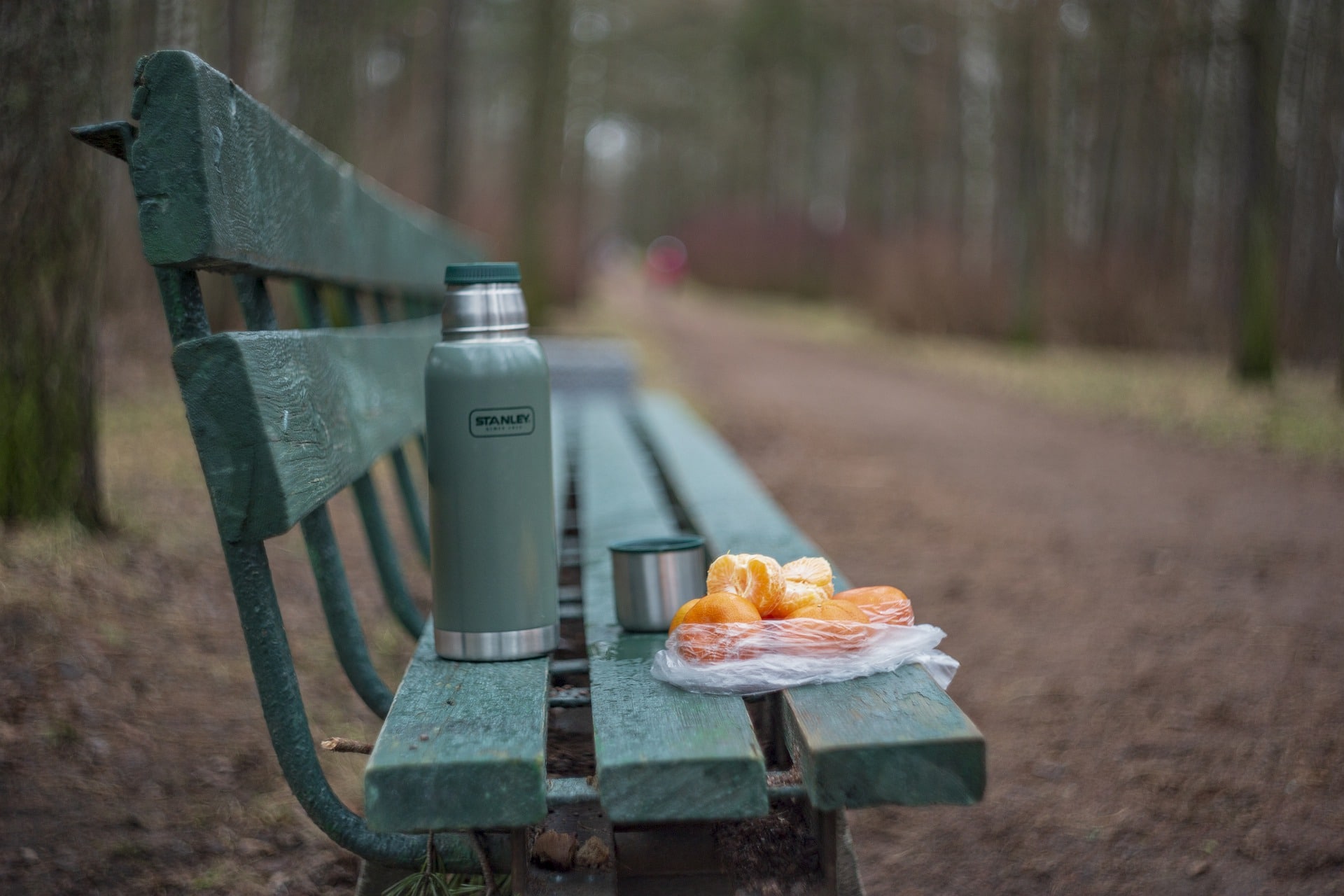
Just like your food, you need to make sure you’ve got all the water you need and then some for your backpacking adventure.
Obviously, no one is going to attempt to hike around with a week’s worth of water on their back, so your water plan needs to include a filtration/purification system and a working knowledge of where you’re going to be able to dependably find water once you’re in the backcountry.
Extra Clothes
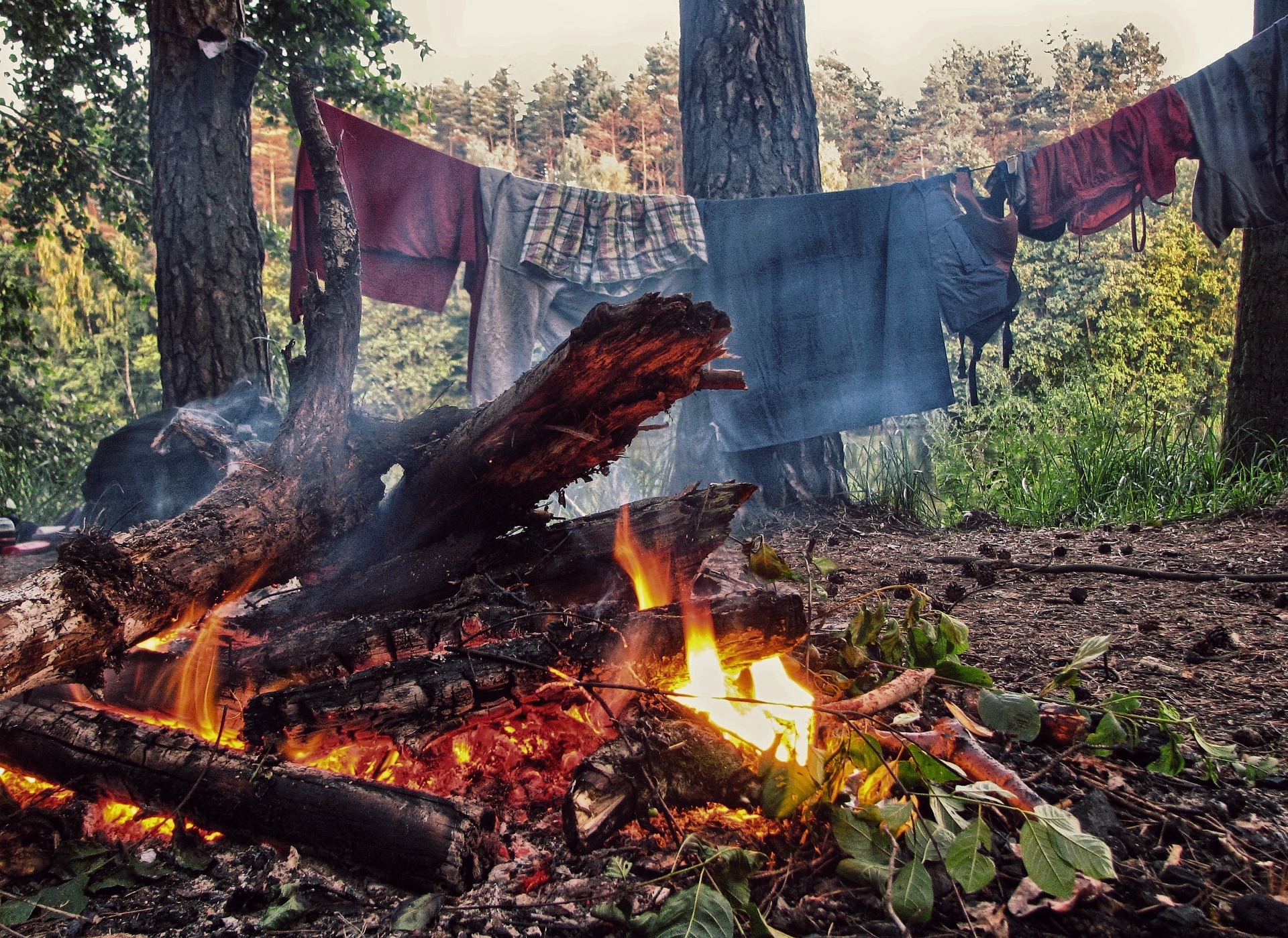
We’re not talking about an extra pair of clean underwear, although those can certainly be a welcome addition to any pack around the time day four without soap rolls around.
“Extra clothes” refers to whatever clothes you would need to survive an unplanned night out in the worst conditions you could encounter in the area.
Sunny all day with a 15 percent chance of rain? Extra clothes mean bringing that poncho or rain jacket and rain pants along.
High of 62 with lows in the upper 30s? Merino base layers and wool socks are going to be your best friend if the temperature starts to swing.
Cloudy with a chance of meatballs? Go ahead and pack those spaghetti straps.
You get the idea.
Pay careful attention to the changing conditions as your trip approaches and plan your pack according to the worst-case scenario. That’s within reason, of course — No need to bring your 900 fill-power down jacket to Southern California in July “just in case.”
Honorable Mentions: Extras and Luxury items

We say luxury items because they aren’t “essential” to backcountry recreation, but many would argue that several of the items below are absolutely indispensable. Some items, such as the bear canister, are actually required by law in certain wild areas, so make sure you check with the local authorities in the lands you’re visiting before finalizing your checklist.
Here’s a list of comfort and luxury items that you may want to take into consideration:
- Bear canister
- Bear spray
- Camp pillow
- Camp chair
- Hatchet
- Gaiters
- Travel towel
- Trekking poles
- LED Lantern
- Gear repair kit
- Toilet paper
- Toothbrush and toothpaste
- Bug net (personal favorite)
- Sandals (a life saver after a long day in boots)
Pin it for later!
